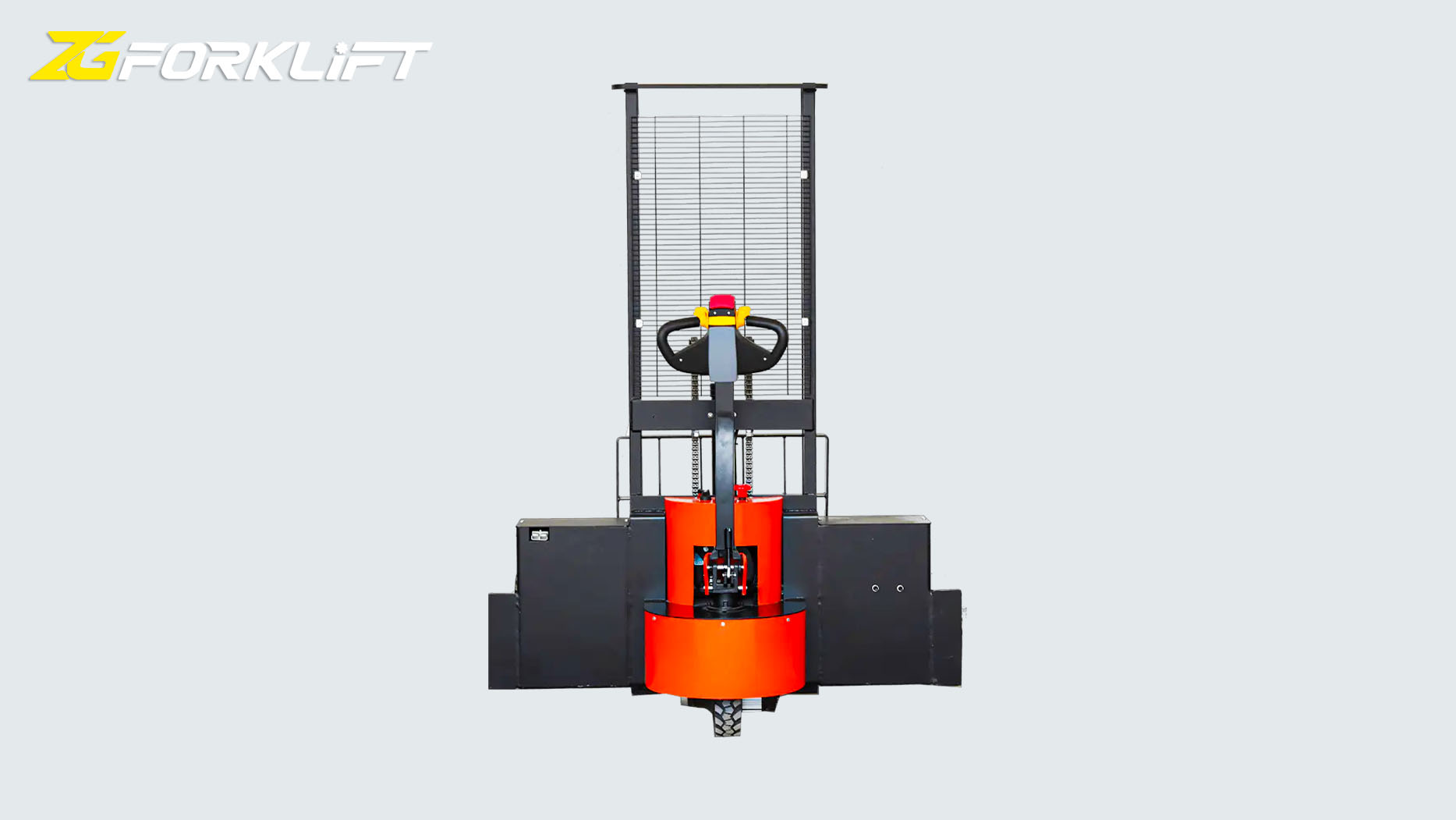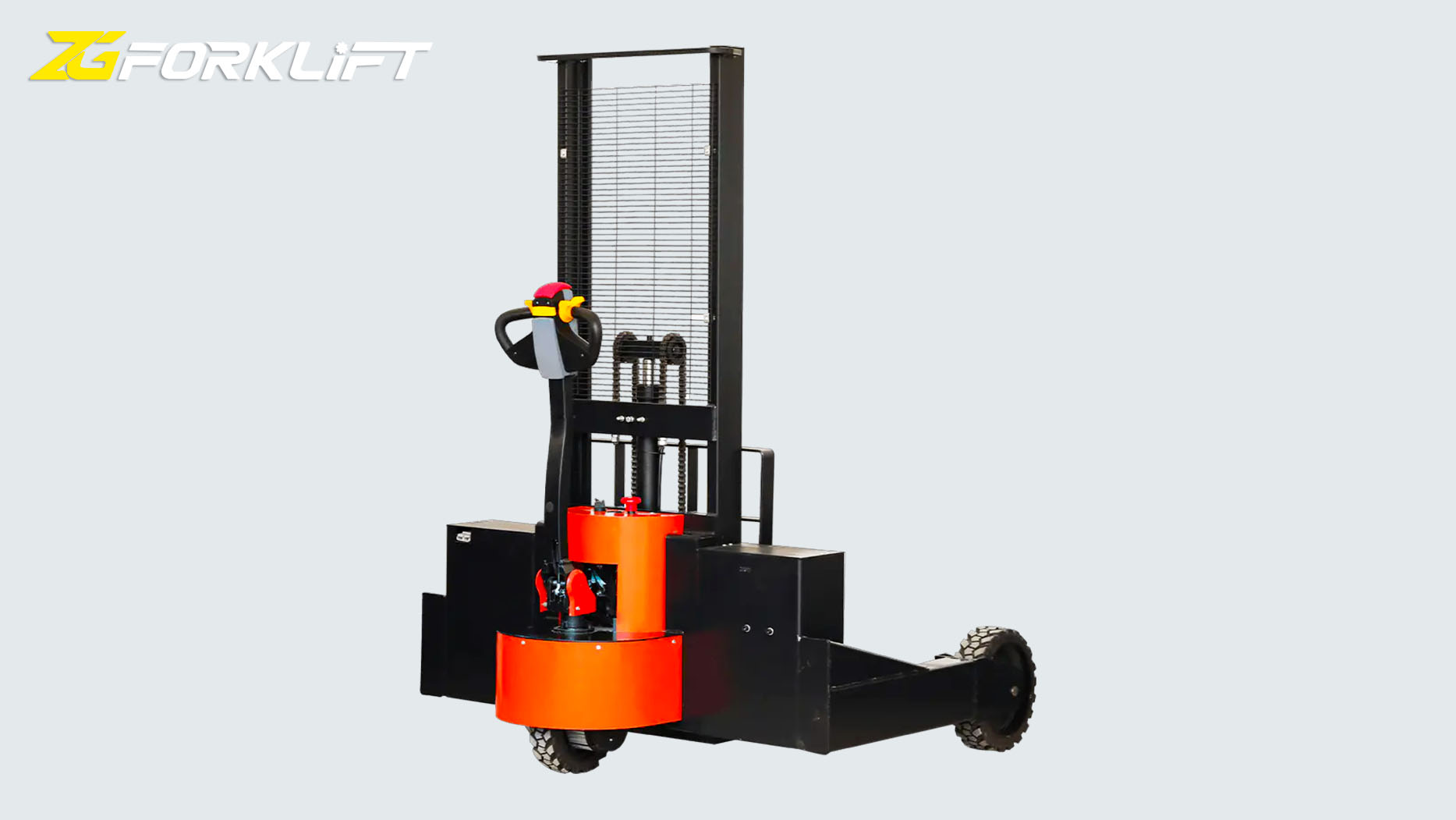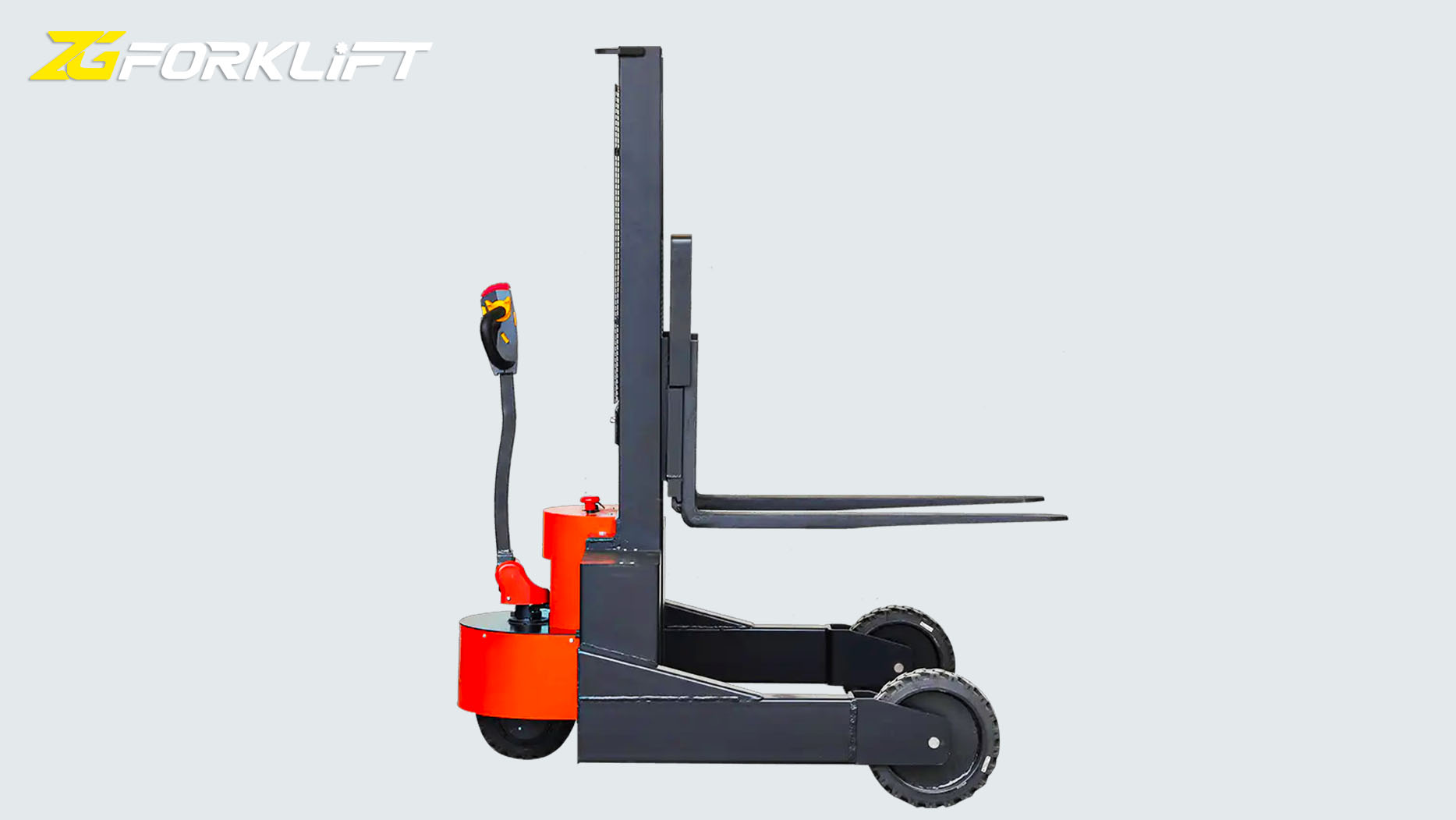A Deep Dive into Material Handling's Unsung Hero
Stackers, often overlooked in the grand tapestry of material handling equipment, play a critical, albeit often behind-the-scenes, role in warehousing, manufacturing, and logistics. While the spotlight often shines on forklifts and automated storage and retrieval systems (AS/RS), stackers provide a versatile and cost-effective solution for a wide range of material handling tasks. This article delves into the world of stackers, exploring their various types, functionalities, advantages, limitations, and applications, providing a comprehensive understanding of these essential machines.
Defining the Stacker:
At its core, a stacker is a material handling machine designed to lift and transport palletized or non-palletized loads. Unlike forklifts, which are characterized by their forward-facing forks and operator position, stackers typically feature a mast or lift mechanism that moves vertically, enabling them to stack loads at various heights. The operator may walk behind, ride along, or control the stacker remotely, depending on the type and design. This fundamental difference in design dictates the specific applications and environments where stackers excel.
Stackers come in a variety of configurations, each tailored to specific needs and operational environments. The primary classifications are based on their method of operation and design:
Manual Stackers: These are the most basic form of stacker, relying on human power for both lifting and movement. They are typically used for light-duty applications in confined spaces where maneuverability is paramount. Manual stackers are cost-effective but limited in lift height and load capacity.
Semi-Electric Stackers: These stackers combine manual movement with electric lifting. The electric lift mechanism reduces operator strain and allows for higher lifting heights compared to manual stackers. They offer a balance between cost-effectiveness and improved functionality.
Electric Stackers: Powered entirely by batteries, electric stackers offer the highest level of performance and efficiency. They are capable of lifting heavier loads to greater heights and are ideal for demanding applications. Electric stackers are further categorized into:
Walkie Stackers: The operator walks behind the stacker, controlling its movement and lifting functions. Walkie stackers are suitable for narrow aisles and are often used in retail environments and smaller warehouses.
Ride-On Stackers: These stackers feature a platform or seat for the operator, allowing for greater comfort and productivity over longer distances. Ride-on stackers are commonly used in larger warehouses and distribution centers.
Reach Stackers: A specialized type of electric stacker, reach stackers are designed to handle loads in deep storage locations. They feature a telescopic or articulated arm that allows the forks to extend beyond the stacker's footprint.
Counterbalance Stackers: Similar in appearance to counterbalance forklifts, these stackers utilize a counterweight to balance the load. They offer high lift capacities and are suitable for heavy-duty applications.
Key Features and Functionalities:
Beyond the basic lifting and transporting capabilities, modern stackers often incorporate a range of features to enhance their functionality and safety:
Adjustable Forks: Allow for handling different pallet sizes and types.
Tilt Mechanisms: Enable tilting the load for easier positioning and stability.
Side Shifting: Facilitates precise load placement in tight spaces.
Safety Sensors: Include proximity sensors, load sensors, and anti-collision systems to prevent accidents.
Regenerative Braking: Captures energy during braking and returns it to the battery, increasing efficiency.
Smart Controls: Offer precise control over lifting, travel, and other functions, often with programmable settings.
Advantages of Using Stackers:
Stackers offer several advantages over other material handling equipment, making them a valuable asset in various applications:
Cost-Effectiveness: Compared to forklifts and AS/RS, stackers are generally less expensive to purchase and maintain.
Space Efficiency: Their compact design and ability to operate in narrow aisles make them ideal for maximizing storage space.
Versatility: Stackers can handle a variety of load types and can be used in a wide range of applications.
Safety: Modern stackers are equipped with advanced safety features to protect operators and surrounding personnel.
Ease of Operation: Stackers are generally easy to learn and operate, reducing training time and costs.
Limitations of Stackers:
While stackers offer numerous advantages, they also have certain limitations:
Limited Lift Capacity: Compared to forklifts, stackers typically have lower lift capacities.
Lower Travel Speeds: Stackers generally travel at slower speeds than forklifts, which can impact productivity in some applications.
Operator Dependence: Manual and semi-electric stackers rely heavily on operator effort, which can lead to fatigue and reduced productivity over time.
Limited Reach: Standard stackers have limited reach compared to reach stackers or forklifts, making them less suitable for deep storage applications.
Applications of Stackers:
Stackers find applications in a diverse range of industries and settings:
Warehousing and Distribution: Storing and retrieving palletized goods, order picking, and loading/unloading trucks.
Manufacturing: Moving materials between workstations, storing work-in-progress, and handling finished goods.
Retail: Stocking shelves, moving merchandise in storage areas, and handling deliveries.
Cold Storage: Specialized stackers designed for operation in low-temperature environments.
Construction: Moving building materials and equipment on construction sites.
Choosing the Right Stacker:
Selecting the right stacker depends on several factors, including:
Load Capacity: The weight and size of the loads to be handled.
Lift Height: The maximum height to which the loads need to be lifted.
Operating Environment: The size of the aisles, floor conditions, and temperature.
Duty Cycle: The frequency and intensity of use.
Power Source: Manual, semi-electric, or electric.
Budget: The initial purchase cost and ongoing maintenance expenses.
Conclusion:
Stackers, while often overshadowed by their more prominent counterparts, are indispensable tools in the material handling landscape. Their versatility, cost-effectiveness, and space-saving design make them a valuable asset in a wide range of applications. By understanding the different types of stackers, their functionalities, advantages, and limitations, businesses can make informed decisions and choose the right equipment to optimize their material handling operations and improve overall efficiency. As technology continues to advance, we can expect to see further innovations in stacker design, including increased automation, improved safety features, and enhanced performance capabilities, solidifying their position as a crucial component of modern material handling systems.
Post time:Feb.05.2025



